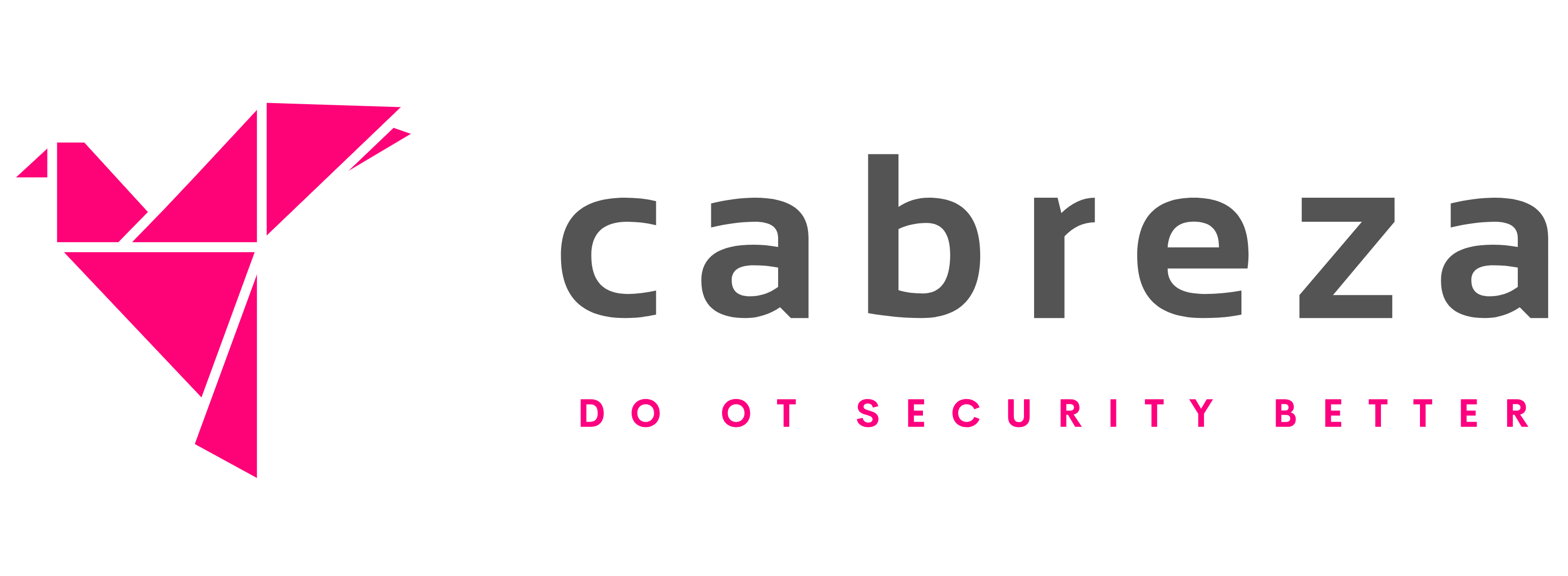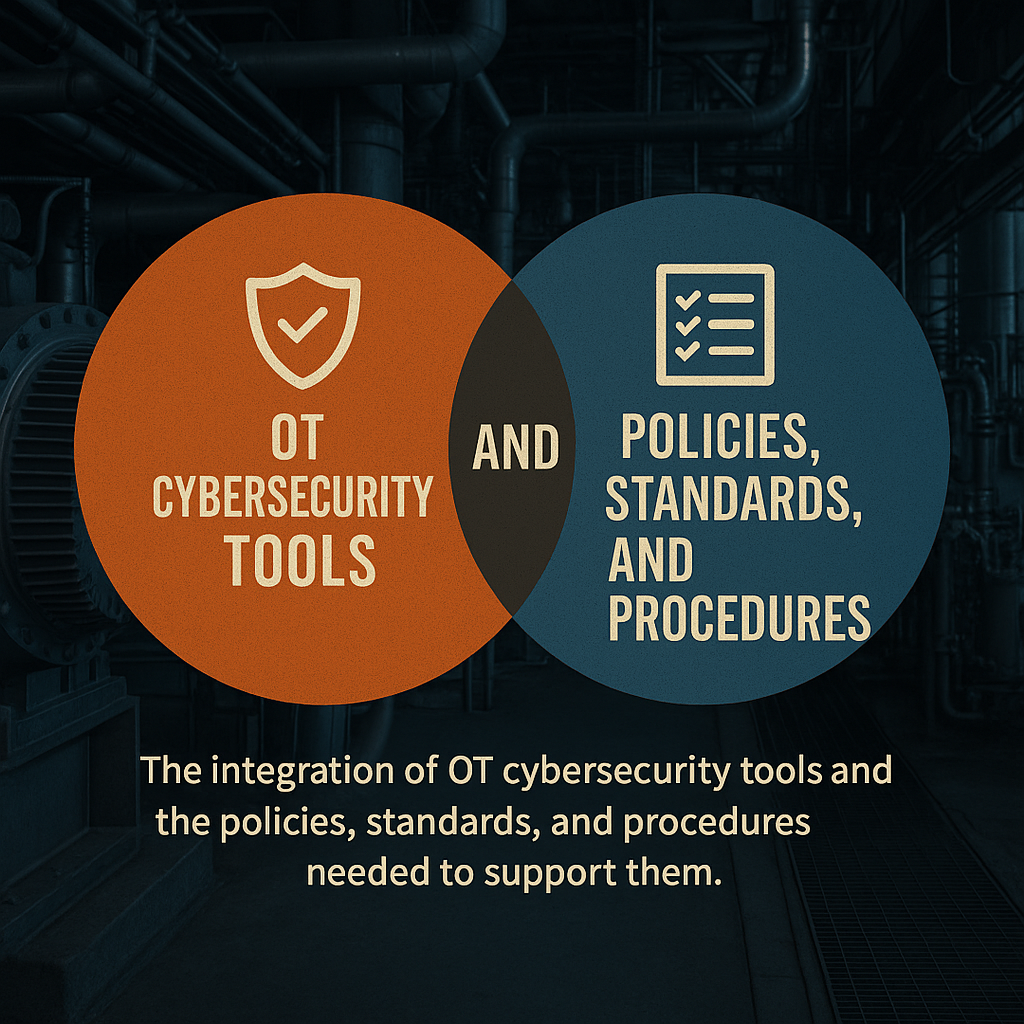Introduction: The Security Architect’s Imperative
As the NIS2 Directive sharpens regulatory expectations across Europe, industrial organizations are under increasing pressure to elevate their cybersecurity posture—especially in operational technology (OT) environments. For security architects, this isn’t just about protecting endpoints; it’s about engineering resilience into the very foundation of plant systems and industrial networks.
The catch? NIS2 compliance isn’t solved by buying the right toolset. It requires structured, policy-driven programs that address governance, standards, and operational integration. Here’s how security architects can drive the strategic alignment of OT environments with NIS2’s rigorous demands.
Why NIS2 Matters to OT Security Architecture
NIS2 expands upon its predecessor by broadening sectoral coverage, tightening risk governance, and demanding faster incident reporting. For OT-heavy sectors, this presents a clear architectural challenge:
- Ensuring policy and procedural integration across legacy and modern control systems.
- Embedding cybersecurity into systems design and lifecycle processes.
- Creating documentation and reporting structures that meet regulatory scrutiny.
In short, NIS2 mandates a comprehensive, systems-thinking approach to cybersecurity governance.
Key Architecture Domains for NIS2-Aligned OT Security Programs
Governance-Driven Security Architecture
Security architecture in the OT context must be rooted in governance. NIS2 requires clarity in responsibilities, risk ownership, and program oversight. Architects should:
- Define an OT cybersecurity reference architecture that includes governance models and decision flows.
- Establish alignment between OT and enterprise cybersecurity frameworks (e.g., TOGAF, SABSA).
- Enable auditability and traceability of security decisions across systems and business units.
Policy Harmonization Across IT/OT Domains
Architects play a pivotal role in ensuring policy consistency and enforceability:
- Develop unified cybersecurity policies that bridge IT and OT while respecting their unique constraints.
- Define policy control points in the architecture: remote access zones, DMZs, HMI gateways, etc.
- Ensure policies account for real-world operational needs, like 24/7 uptime and vendor-managed systems.
Security Standards Embedded into System Design
NIS2 encourages adoption of international standards. Architects should operationalize these standards in architectural blueprints:
- IEC 62443: Apply zoning/conduit models to segment industrial networks.
- NIST CSF & ISO/IEC 27001: Map high-level controls to OT-specific implementations.
- Use these standards to design defensible systems that are inherently easier to audit and maintain.
Procedural Blueprinting and Lifecycle Integration
Security must be embedded throughout the OT system lifecycle—from procurement to decommissioning. Architects should:
- Design security controls into procurement specs and integration requirements.
- Define secure configuration baselines and patching processes tailored to OT equipment.
- Create procedural interfaces for maintenance teams that are usable and auditable.
Architectural Practices to Operationalize Security
Training and Culture Engineering
- Architect training programs that are role-based and context-aware, focusing on control room operators and plant engineers.
- Build feedback loops into your architecture for reporting anomalies and responding to threats.
Vendor and Supply Chain Integration
- Define architectural requirements for third-party access, including remote maintenance protocols and network segmentation.
- Develop a vendor onboarding checklist aligned with your security architecture and NIS2 obligations.
Resilience, Detection & Response Design
- Architect incident detection and response capabilities that bridge OT/IT silos.
- Design response playbooks that incorporate physical safety constraints and recovery procedures for critical operations.
Are You Architecturally Ready for NIS2?
To align with NIS2, your architecture should support:
- Documented governance and policy flows across business units and technology layers.
- Control mappings to recognized security standards tailored for OT environments.
- Realistic, actionable procedures that support operational teams and compliance workflows.
- Evidence collection and reporting mechanisms to meet regulatory timelines (including the 24-hour incident notification).
Security architecture isn’t just about designing secure systems—it’s about designing systems that can demonstrate security.
Final Thoughts: Designing Beyond Compliance
As a security architect, you’re not just building secure systems—you’re enabling regulatory resilience, operational continuity, and trust. NIS2 is a forcing function to professionalize OT cybersecurity governance. Now’s the time to move from ad hoc defense to structured, standard-aligned architecture.
🧭 Next Steps for Security Architects
- Review your current OT cybersecurity reference architecture.
- Map existing controls to IEC 62443 and NIS2 directives.
- Document gaps in policy coverage, incident response, and supply chain integration.
- Build a 90-day architectural enhancement plan with measurable outcomes.
Need help defining a NIS2-aligned OT architecture model? Connect with Cabreza — we specialize in helping industrial organizations build sustainable, standards-driven security programs.

Martial arts figure prominently in many Asian cultures, and the first known traces.











